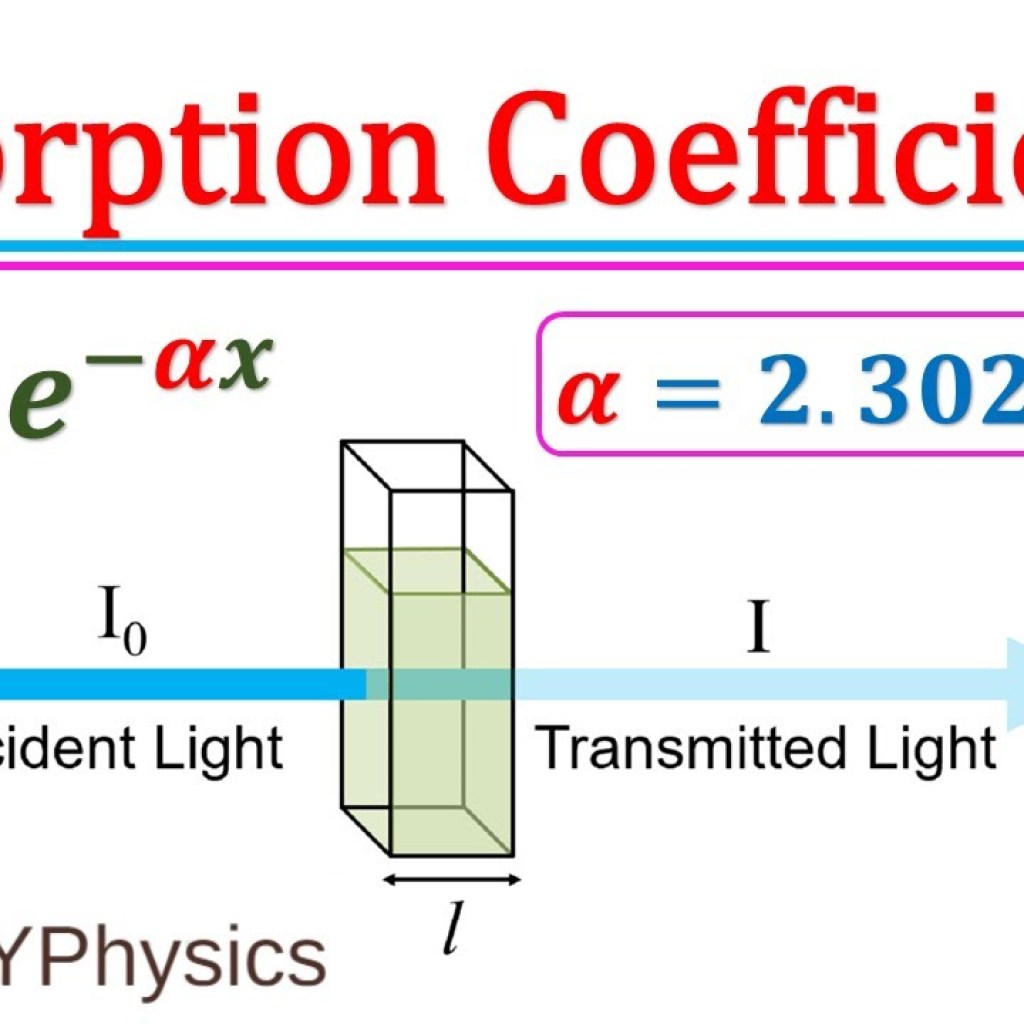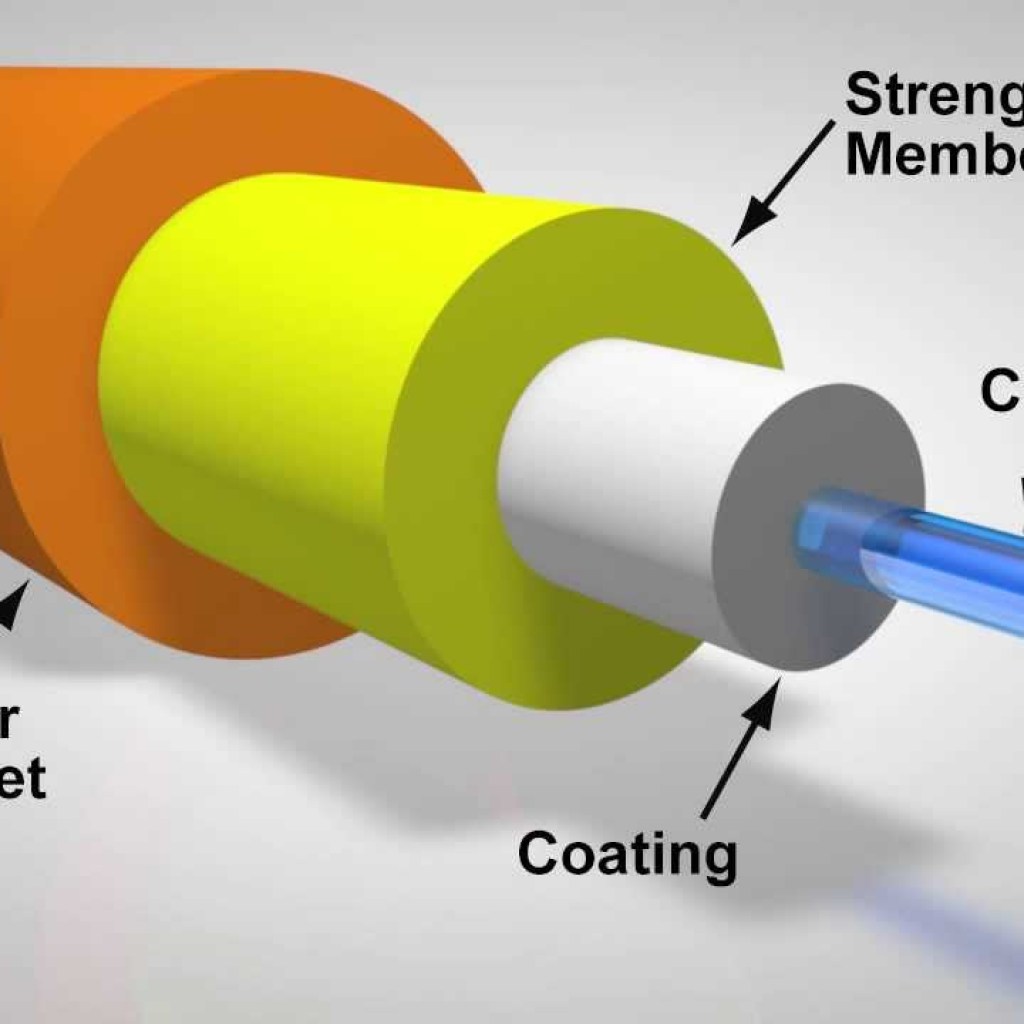Absorption Length
Source: YouTube Understanding Absorption Length in Optical Physics Understanding Absorption Length in Optical Physics Introduction to Absorption Length Absorption length is a fundamental concept in the field of optical physics, particularly when studying how light interacts with different materials. It refers to the distance over which the intensity of light traveling through a medium decreases […]










